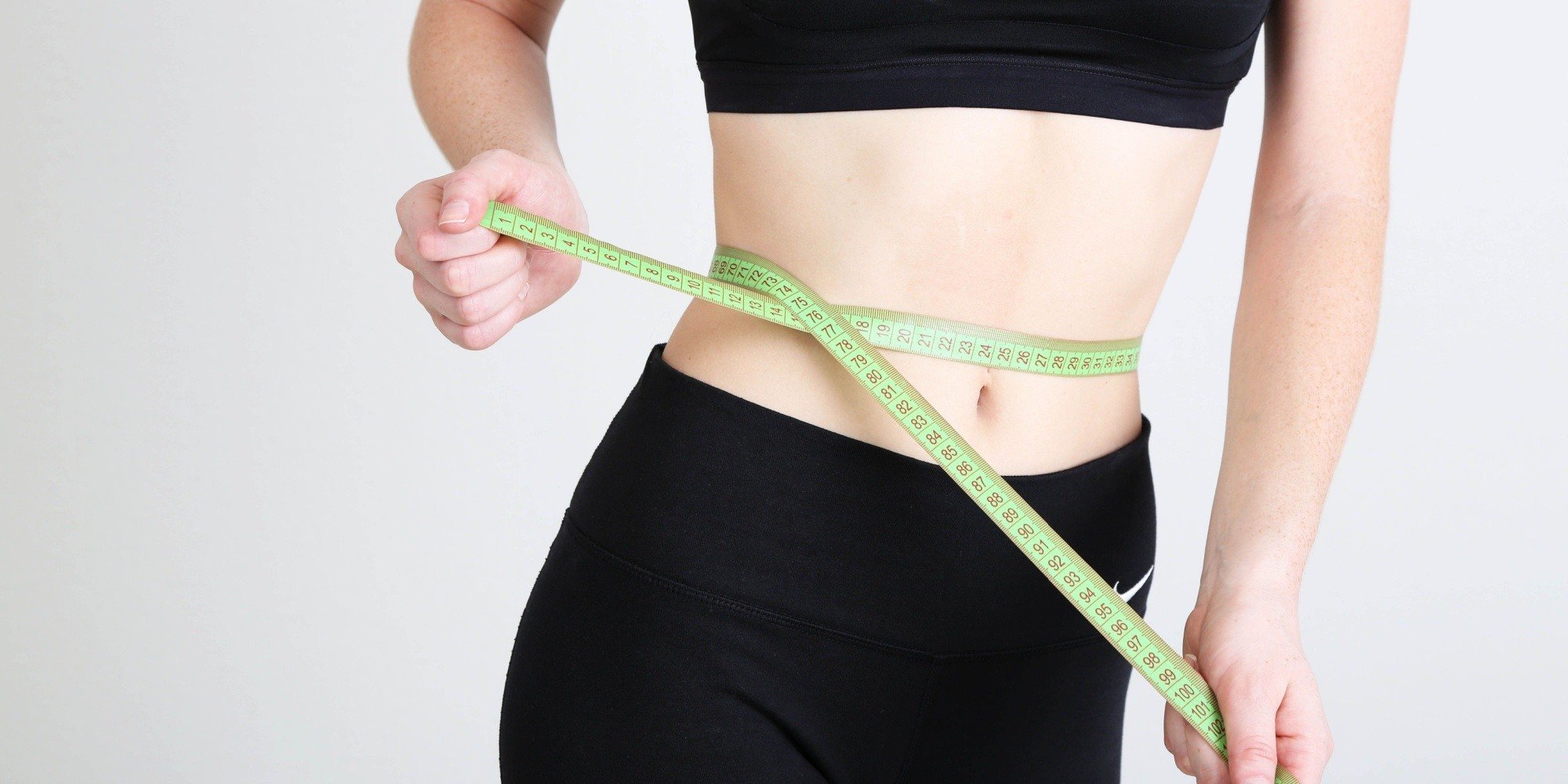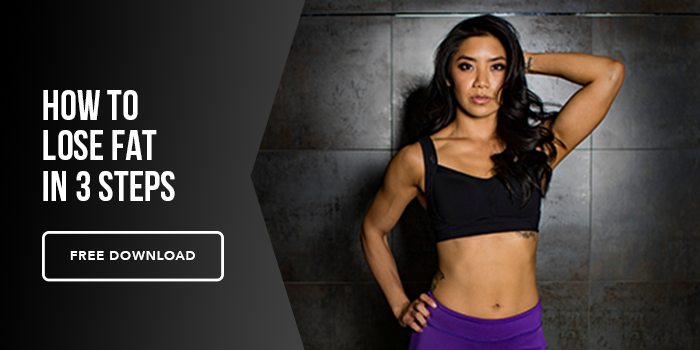Most people approach fat loss the wrong way—they slash calories, overdo cardio, and survive on Quaker rice cakes. But that old-school crash-dieting method just leads to muscle loss, a slower metabolism, and your friends eventually stop inviting you to Taco Tuesday because it’s hard to have fun sitting next to the person eating mixed greens. It doesn’t have to be that way!
The key to long-term fat loss isn’t just losing weight—it’s building muscle while dropping fat. Not only does this keep your metabolism high, but it also prevents you from looking “skinny fat” after dieting. Here’s how to do it right.
1. Understand How to Lose Fat While Building Muscle
While you can’t lose fat and build muscle at the exact same moment, it’s possible to work on both simultaneously —especially if you do it right.
To lose fat, you need a calorie deficit (burning more calories than you consume). To build muscle, you need progressive overload and adequate protein intake to support muscle growth.
When done strategically, you can achieve body recomposition, which means dropping fat while increasing muscle mass. The result? A leaner, stronger, more athletic physique—not just a smaller version of your old self.
2. Prioritize Strength Training (Not Just Cardio)
If you’re lifting weights just to burn calories, you’re missing the point. The primary goal of resistance training should be to build and preserve muscle.
✔ Train 3-5 times per week using progressive overload (adding weight, reps, or intensity over time).
✔ Focus on compound lifts (squats, deadlifts, presses, rows) that recruit multiple muscle groups and burn more calories.
✔ Avoid over-reliance on high-rep, low-weight “fat burning” workouts—they don’t build muscle effectively.
✔ Keep rest periods longer (60-90 sec for hypertrophy, 2-3 min for strength) so you can lift heavy and train effectively.
Weightlifting isn’t about burning calories—it’s about stimulating muscle growth. The more muscle you have, the higher your resting metabolism, meaning you burn more fat even when you’re not working out.
3. Use Cardio Strategically (Not Excessively)
Too much cardio can interfere with muscle growth, so the goal isn’t to turn into a marathon runner. However, some cardio does have a place in a fat loss plan.
✔ Low-intensity steady-state (LISS) – Walking or incline treadmill work can increase calorie burn without interfering with recovery.
✔ High-intensity interval training (HIIT) – Short bursts of intense exercise (like sprints or sled pushes) improve endurance and enhance fat loss without excessive time commitment.
Cardio should support, not replace, strength training. A good balance is 2-3 cardio sessions per week, depending on your total activity level and goals.
4. Optimize Your Diet for Body Recomposition
Building muscle while losing fat isn’t just about what you do in the gym—nutrition plays an even bigger role.
✔ Eat Enough Protein – Aim for 1g of protein per pound of target weight to support muscle growth and recovery.
✔ Stay in a Small Calorie Deficit – Aiming for 15% below calorie maintenance helps you lose fat without sacrificing muscle.
✔ Focus on Nutrient-Dense Foods – Lean proteins, complex carbs, and healthy fats keep you full, fueled, and performing well.
✔ Time Carbs Around Workouts – Eating carbs pre- and post-workout optimizes performance and recovery without excessive fat storage.
Forget extreme diets. Sustainable fat loss happens when you eat enough to fuel training while still creating a slight deficit.
5. Improve Recovery and Sleep
You can train and diet perfectly, but if you aren’t sleeping or recovering properly, your progress will suffer.
✔ Sleep 7-9 hours per night – Poor sleep disrupts hormones that regulate hunger, muscle growth, and fat loss.
✔ Manage Stress – High cortisol levels from chronic stress increase fat storage and impair muscle recovery.
✔ Take Rest Days Seriously – Overtraining leads to fatigue, injury, and stalled progress. 2-3 rest days per week is ideal.
Fat loss isn’t just about what you do in the gym—it’s about how well your body recovers and adapts.
6. Track Progress the Right Way
The scale alone doesn’t tell the full story. Volume equated, muscle weighs more than fat, so when you gain muscle while losing fat, your weight might not change as much as you expect.
Instead of just tracking scale weight, monitor:
✔ Body measurements – Waist, hips, chest, and arms give a more accurate picture of fat loss.
✔ Strength levels – If you’re getting stronger, you’re very likely building muscle.
✔ Progress photos – Visual changes tell the real story, even if the scale isn’t moving.
Tracking multiple metrics keeps you motivated and helps you see real progress beyond just a number.
7. Have a Long-Term Mindset
Building muscle while losing fat isn’t a quick fix—it’s a process. The goal isn’t just getting lean for summer but maintaining a strong, healthy body for life.
✔ Avoid extreme calorie deficits – Slow and steady wins the race.
✔ Train with progression in mind – Keep getting stronger over time.
✔ Stay consistent – Fat loss and muscle gain take time. Trust the process.
Wrap Up
✔ Train to build muscle first—fat loss follows.
✔ Use cardio as a tool, not the main event.
✔ Eat enough protein and stay in a small calorie deficit.
✔ Prioritize sleep, stress management, and recovery.
✔ Track progress beyond just the scale.
✔ Think long-term—sustainable results come from sustainable habits.
If you want real, lasting fat loss, don’t just focus on getting smaller—focus on getting stronger.






